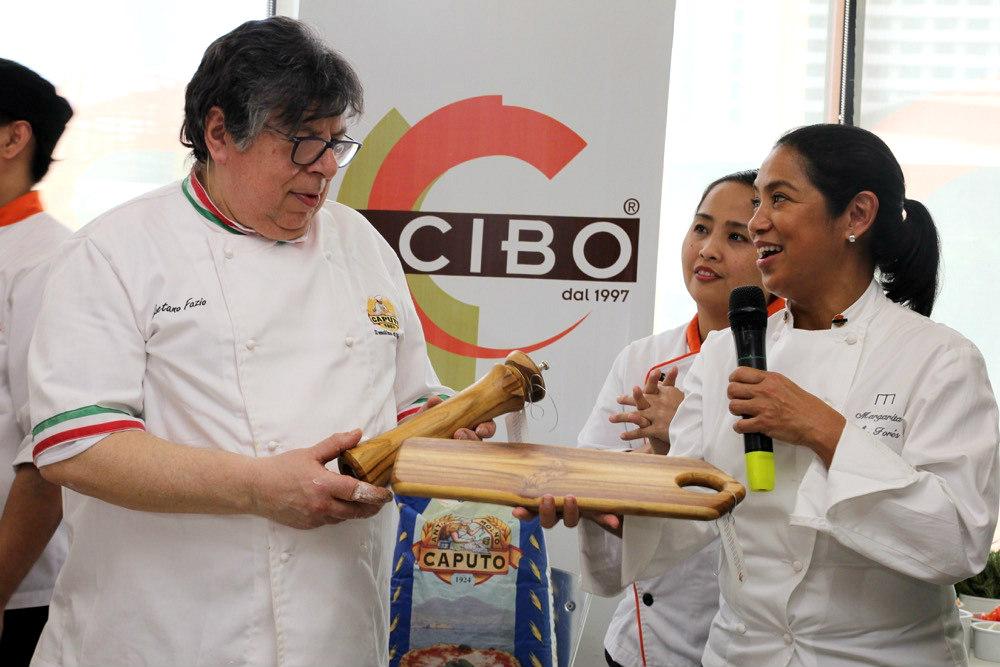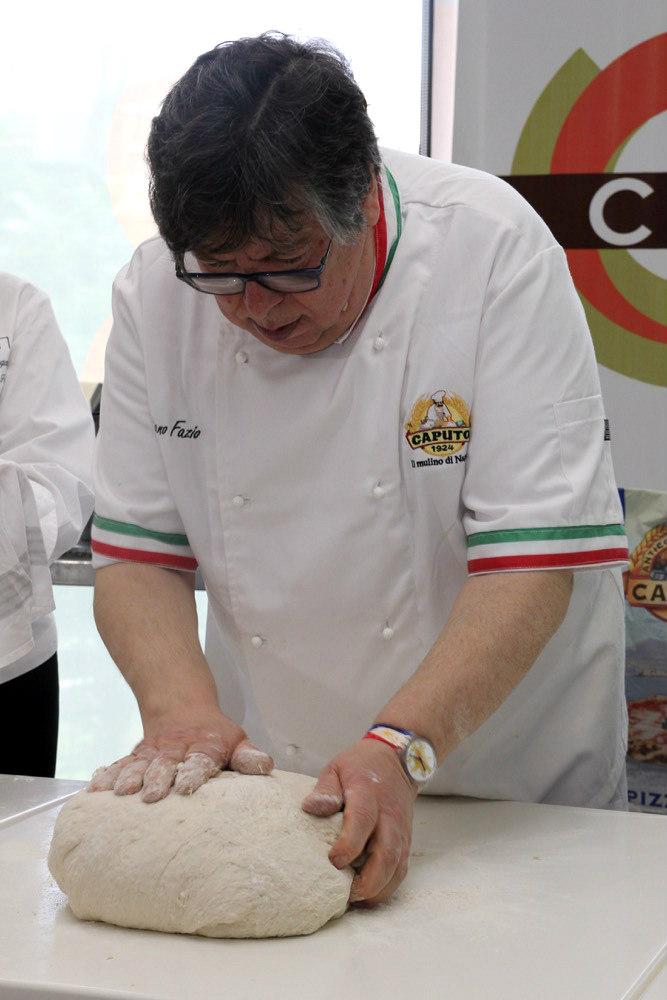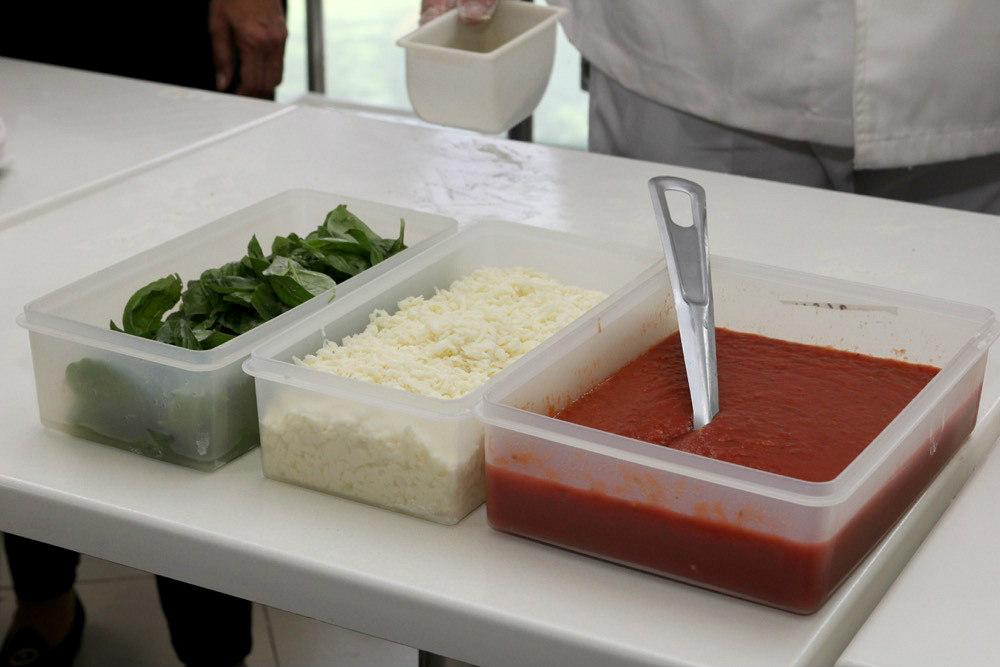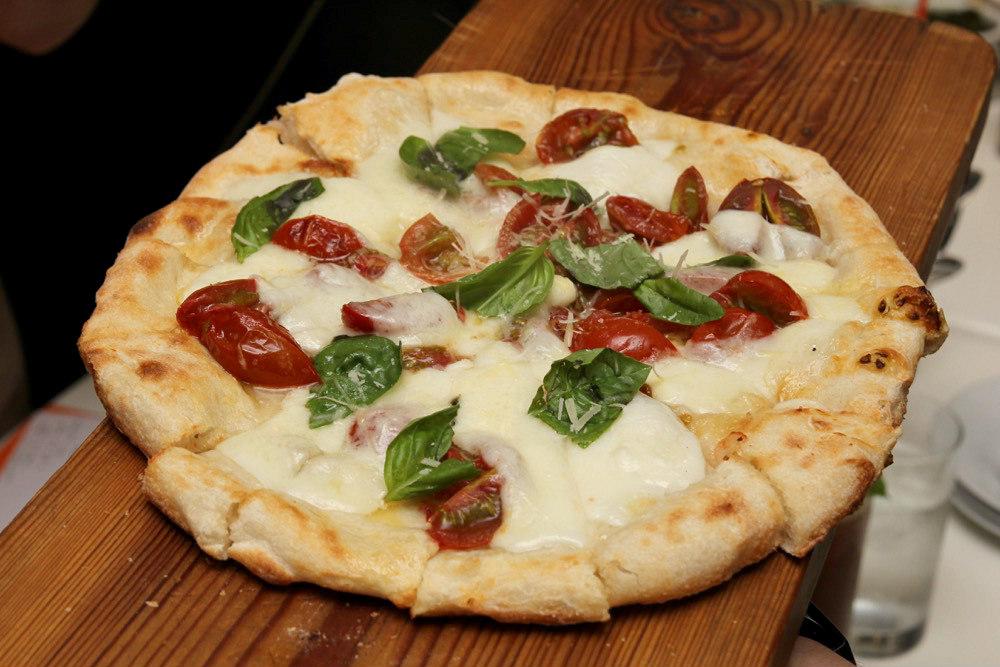Don’t toss the pizza: Cooking tips from Margarita Fores’ Italian mentor
Pizza, one of the world’s most beloved dishes, owes its popularity to its simplicity and its flexibility when it comes to regional ingredients and variations.
Chef Gaetano Fazio, one of the masters of traditional pizza, also notes that pizza belongs to everyone, rich or poor.
Unfortunately, local pizza chains do not offer anything close to the classic pizzas of its birthplace, Naples. It is a good thing, then, that Fazio was in the country recently to offer stories, lessons, techniques, and tips at a recent pizza-making session with his protege Chef Margarita Fores (of Cibo fame, and recently named Asia's best female chef).

History is unknown
Despite his more 50-year love affair with traditional classic Neapolitan pizza, Fazio admitted that the exact origin of pizza is actually unknown. He noted that it probably came to Italy and Europe by way of Asia and its flatbreads. From focaccia (Italian herbed flatbreads), the first modern pizzas were topped with simple ingredients available in Naples: olive oil, garlic, oregano, and tomatoes.
Known as Pizza alla Marinara or Marinara Pizza, this is the most traditional and classic type of pizza and is considered the base of almost every tomato-based pizza.
The quality of the flour determines the end product
Unlike local pizza chains that use all-purpose flour, Cibo and Fazio’s Ristorante Pizzeria Da Gaetano use Caputo flour for all of their pizzas. Made from Naples since 1924 using a mix of traditional milling methods and modern technology and techniques, Caputo flour gives the pizza a light, airy texture with a little bit of chewiness.
The finished pizza product, though technically a bread, does not taste or feel like a dense loaf of bread. One can easily finish an 8” personal serving without the resulting heavy stomach and sleepiness.
Handle the pizza dough gently
True to his Italian roots, the charming Fazio said that like women, the mixed dough should be handled gently. The dough, made only from four ingredients—flour, water, yeast and salt—is set aside at room temperature to rest. When it is time to prepare individual-sized pizzas, the dough is cut, portioned and shaped into balls.

Don't toss the pizza dough in the air
Rolling pins are a big no-no for both Fores and Fazio: the stretching, pulling, pressing and kneading of the pizza dough, they said, should only be done with the hands. Fazio also disputed the idea that the dough should be tossed and spun over one’s head—a procedure described during the demonstration as something made famous only in the movies and on TV and only done on “fantasy” pizzas.
Pizza is the ultimate “fast” food
Pizza cooked in a wood-burning oven only takes one to two minutes from start to finish. The intense heat (500°F or more) generated by these types of ovens gives the crust a slightly charred finish, and adds aroma and smoky flavor to the dish. Pizza peels (those giant wooden or metal shovel-like tools) are essential to the process as the transport vessel from preparation to actual cooking; they are also used to rotate the pizzas halfway during the baking phase.
When to put herbs
Herbs like basil for Margherita pizza should never be placed on top of the pizza when inside the oven, as they will burn easily. During the demonstration, Fazio placed the basil leaves on the pizzas after they had finished cooking, just before serving.
Same ingredients does not ensure 100% authenticity
Even if they were made using Caputo, considered the best artisanal flour for pizza, and imported Italian ingredients like tomatoes, porcini mushrooms, and artichokes, pizzas made outside Naples are slightly different from the ones found in southern Italy. Factors like water quality, humidity, and type of pizza oven determine the final taste and quality of the pizza.

Pizza by the numbers
Chef Gaetano mentioned that there are approximately 25,000 pizzerias in Italy serving the classic Neapolitan (Naples) pizza, Sicilian, and everything in between. But in terms of consumption, the US consume the most pizzas, with every American averaging 46 slices of pizza, probably a pepperoni, per year.
D.O.C. (Denominazione di Origine Controllata) pizza?
To be DOC-certified, pizzerias and their pizza need to be made with the proper ingredients: type “00” flour, San Marzano tomatoes, mozzarella di Bufala or Buffalo mozzarella, fresh basil, salt, and yeast.
It must also satisfy a number of conditions: Marinara and Margherita (oil, mozzarella, basil, and tomatoes) pizzas must be made and served; the oven must be wood-burning operating at 800° F or higher; and the dough must be kneaded by hand (dough press or rolling pins must not be used); and baking time inside the oven should not exceed 90 seconds.

Hands or utensils?
I did saw a few guests eating their slices of pizza with utensils during the chefs’ demonstration. While the use of forks and knife is not a crime, I believe that the best tools for pizza consumption are one’s hands. Fold the pie or crust in two, put into your mouth, chew, swallow, and repeat.
Buon appetito, everyone! — BM, GMA News




